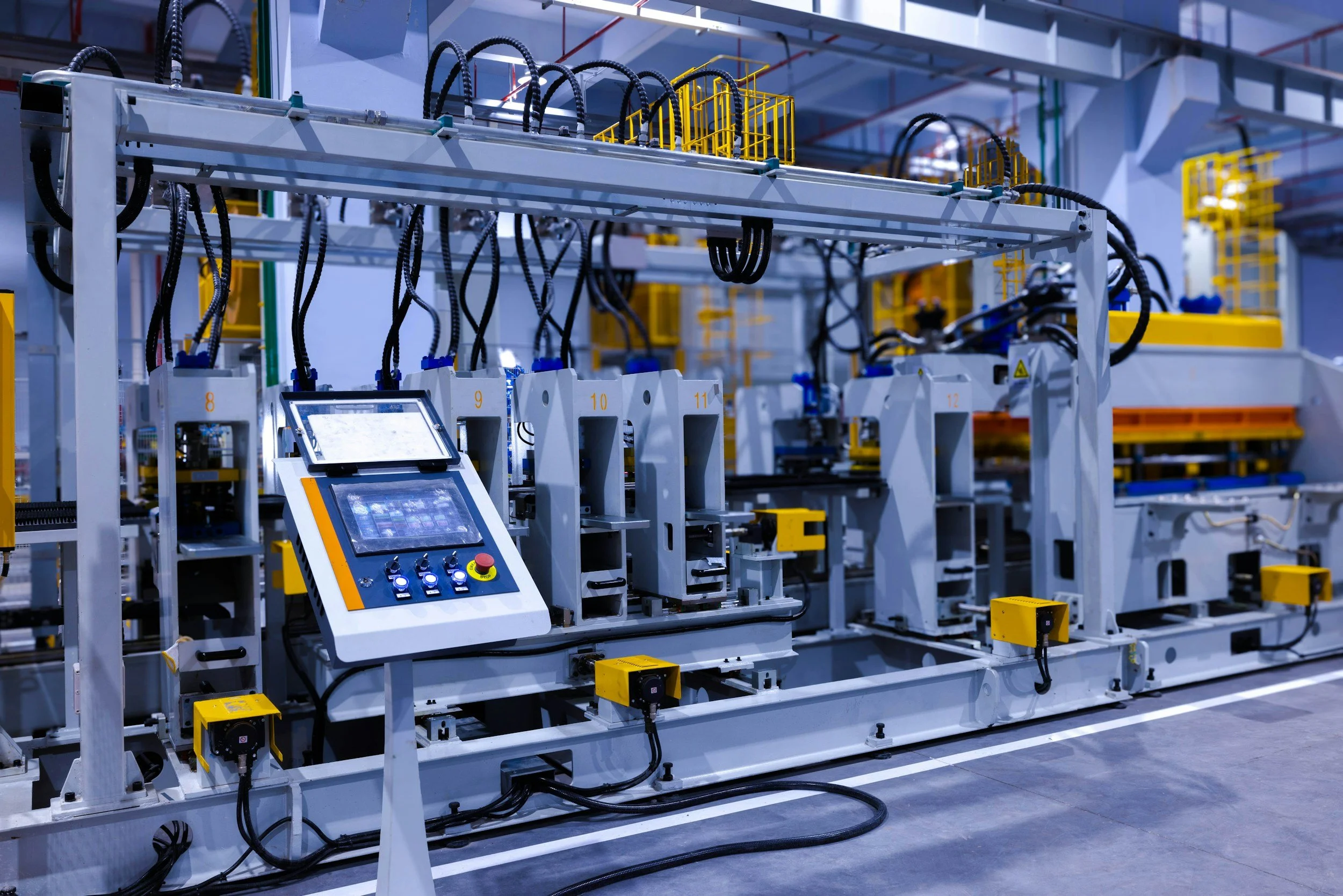The Rise of Automated Precision in Manufacturing
The manufacturing industry is rapidly evolving, with precision and efficiency key factors for success. Automation technologies, like the curved edge bander, play a significant role in this transformation. These technologies minimize human error, increase productivity, and ensure operational accuracy. They transform small—and large-scale—operations, enhancing output quantities, quality, and labor distribution. As these technologies advance, manufacturers are better equipped to meet consumer demands and market changes, ensuring operational accuracy and speed.
Key Takeaways
Automated precision is transforming manufacturing by enhancing efficiency and accuracy.
Understanding the benefits and challenges of this automation helps businesses adapt and thrive.
Innovations are continually emerging, driven by technological advancements.
Introduction to Automated Precision
Automation transforms the industrial sector by bringing previously unheard of efficiency and accuracy. By integrating sophisticated systems, manufacturers can achieve unparalleled accuracy, streamlined workflows, reduced downtime, and optimized output. This integration not only improves product quality but also enhances profitability. The combination of robotics, AI, and advanced software platforms allows businesses to capitalize on automation's benefits while maintaining ecological and economic sustainability. Companies must gradually adopt technology like curved edgebander to stay relevant and competitive in a changing market.
Benefits of Automation in Manufacturing
Automated precision in manufacturing offers faster production times, reduced errors, and consistent quality. It improves productivity, allowing companies to scale operations more effectively. Automated systems reduce labor costs and overheads by optimizing human resource allocation for critical tasks. It enhances workforce productivity and job satisfaction. Companies that leverage these advantages are better positioned to navigate market demands and economic conditions while maintaining a sustainable and profitable business model.
Key Technologies Driving Automation
The industrial sector utilizes robots, artificial intelligence (AI), and the Internet of Things (IoT) to increase automation and accuracy. AI optimizes supply chains through big data analytics, while IoT provides real-time monitoring. Robotics handles complex tasks accurately and repeatably, forming a cohesive system for efficient operations. AI-driven insights enable predictive maintenance, while IoT enhances coordination and synchronization. Robotics performs repetitive tasks, reducing safety risks and improving output quality.
Challenges and Considerations
Transitioning to automated systems presents challenges such as significant initial investment costs, skilled workforce, and cybersecurity concerns. Businesses must ensure digital infrastructure protection to safeguard sensitive data and production processes. Balancing human labor with machine capabilities is crucial, as automation can take over manual tasks but still plays a critical role in managerial and creative functions. Companies must invest in reskilling employees to work harmoniously with automated systems.
Future Trends in Automated Manufacturing
The future of manufacturing is promising due to advancements in 5G connectivity and machine learning, which will enhance automation, improve device communication, and enable predictive analytics. These innovations will revolutionize manufacturing processes by providing deeper insights and fostering innovation. The seamless integration of these technologies will optimize operational efficiency and transform product development, allowing manufacturers to respond dynamically to consumer trends. Implementing these technologies requires a flexible approach and forward-thinking strategies, but the rewards are worth the effort.
How to Implement Automated Precision in Your Facility
Embarking on the journey toward automation starts with a thorough assessment of current processes. It is crucial to identify areas where precision and efficiency can be improved. A structured plan to incorporate automation should follow, ensuring a smooth transition. Training staff to manage new systems efficiently and maximize the potential of technology integration is also essential.
To ensure a successful implementation, companies must engage in comprehensive planning, considering their facilities' specific needs and limitations. A phased approach allows for testing and refinement of systems, minimizing disruptions and building confidence in the newly automated processes. Continuous evaluation and adjustment will further ensure long-term success and sustainability.
Conclusion: The Path Forward for Manufacturers
The integration of automated precision technologies marks a significant shift in manufacturing. Businesses prepared to adapt to this shift are at the forefront of innovation and can produce better goods more quickly. Manufacturers must prepare now to leverage these advancements for a sustainable and prosperous future. As the industry evolves, adopting automation is not just an option; it has become a requisite for success in the modern market.
